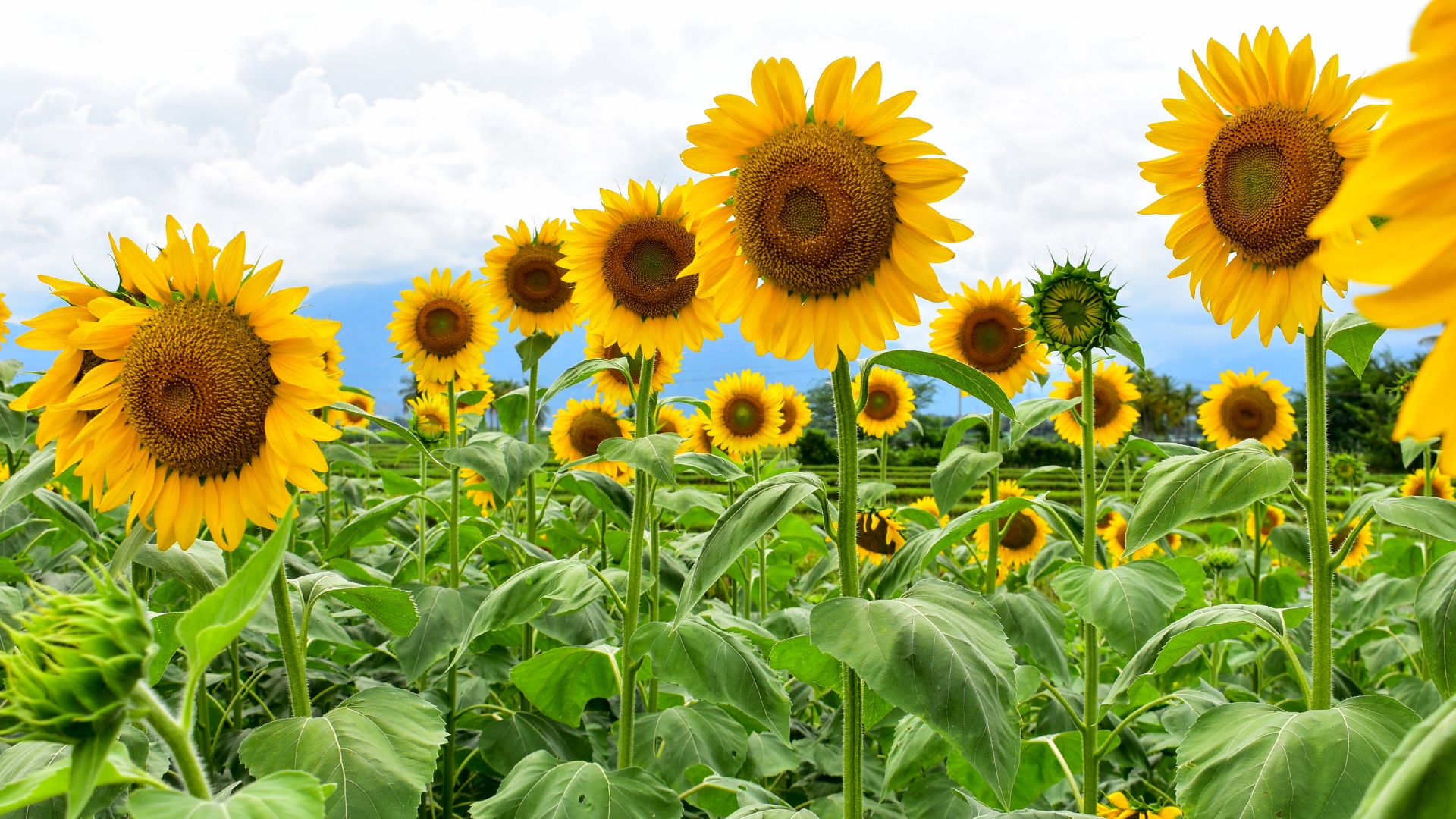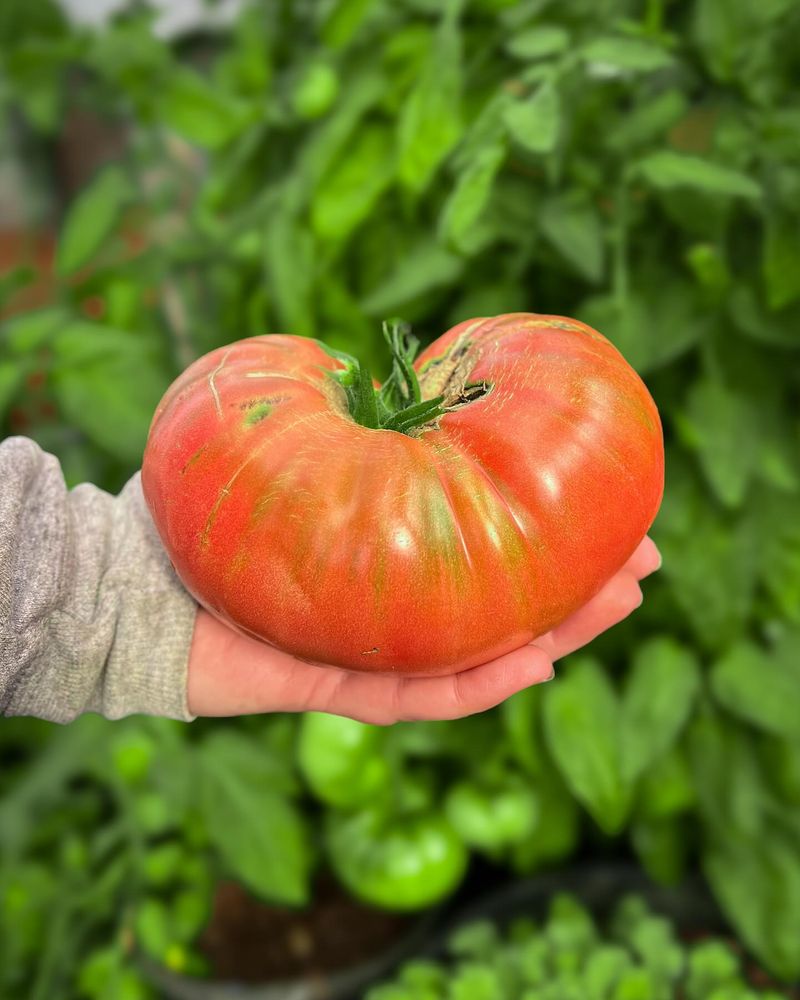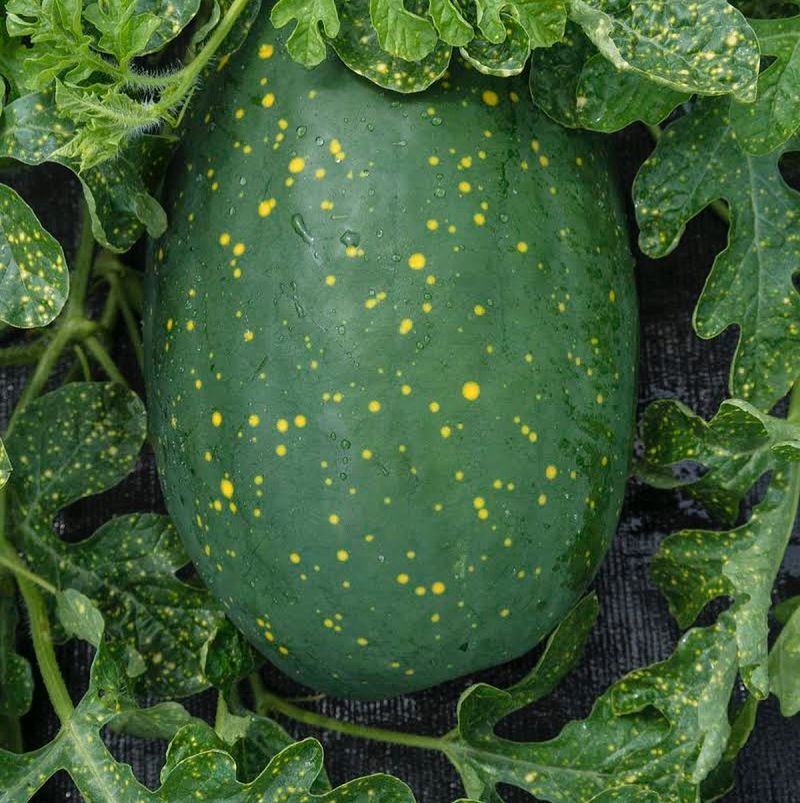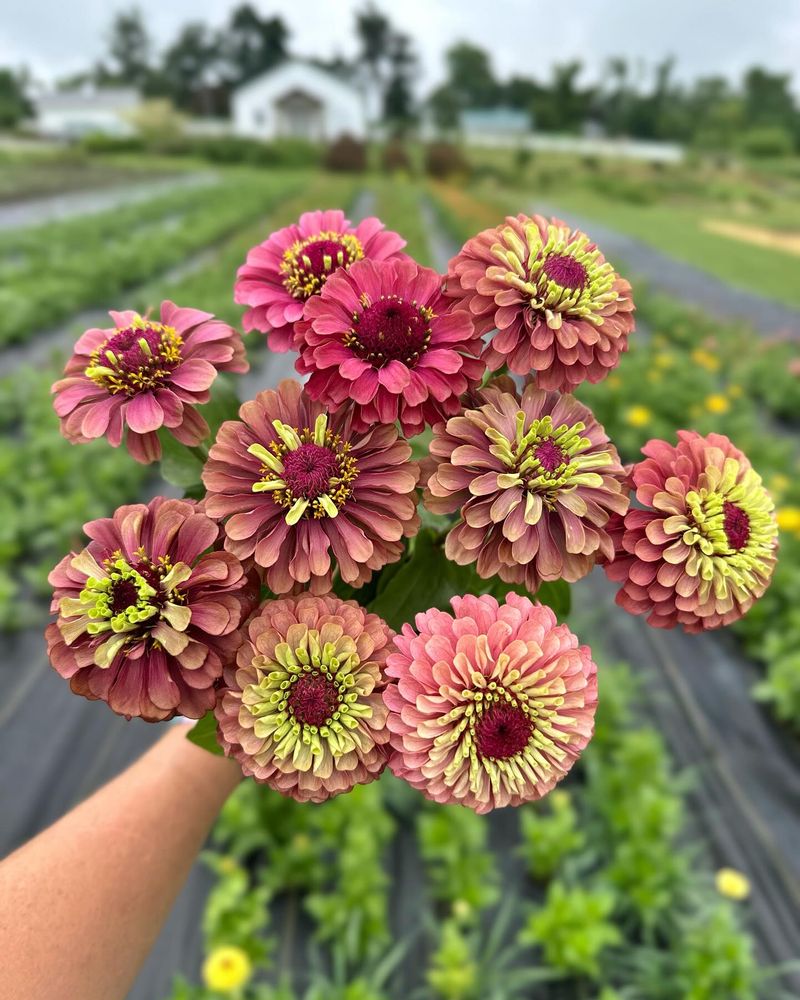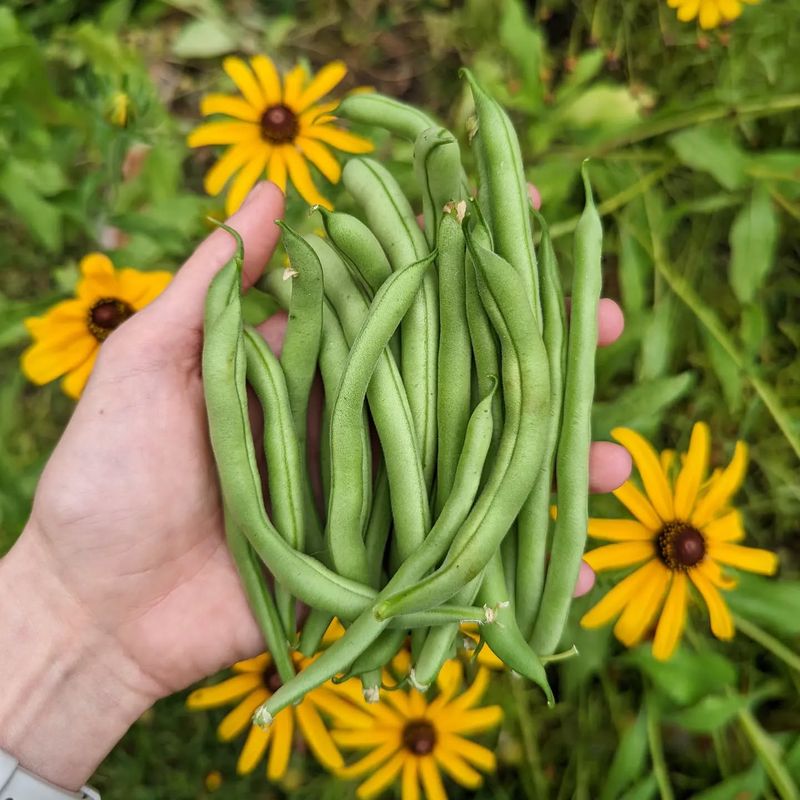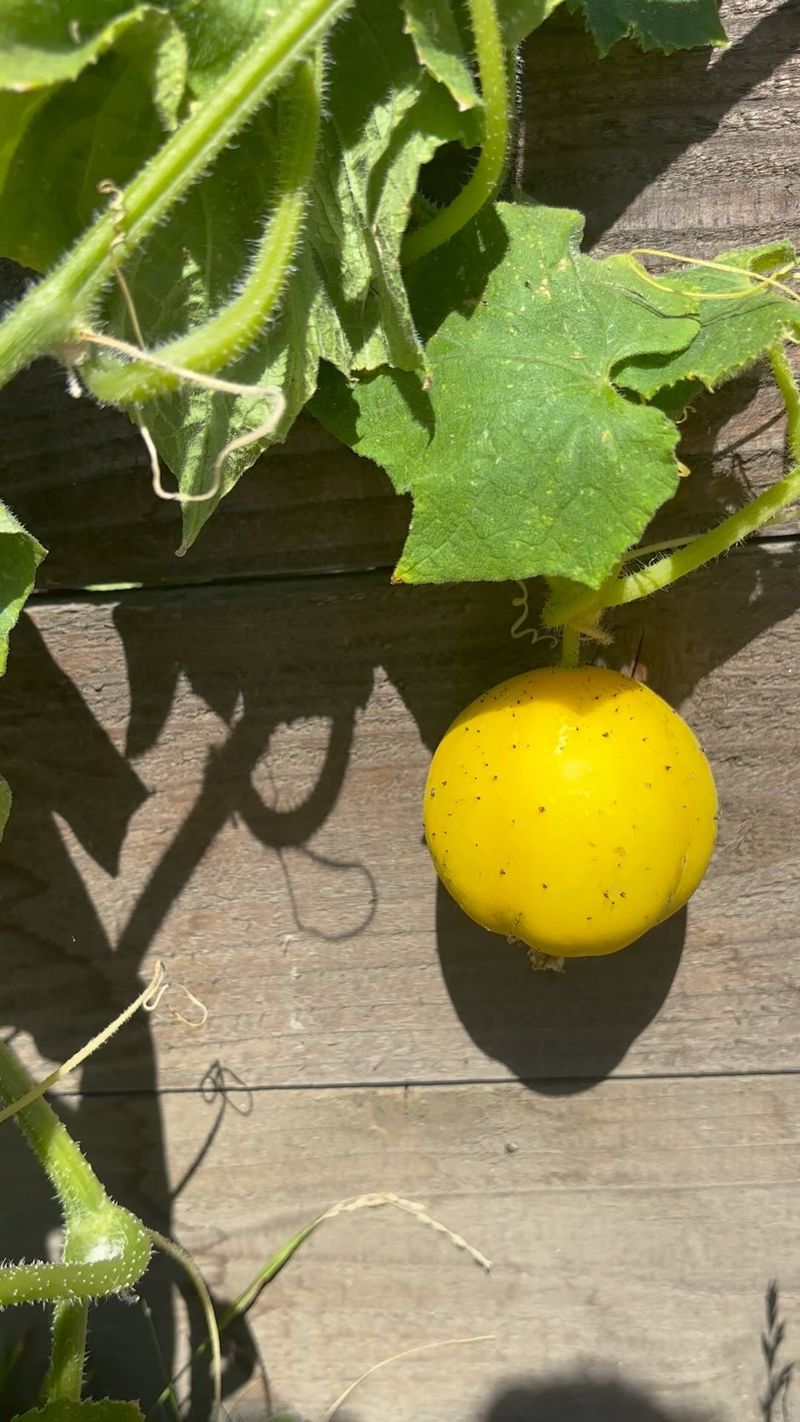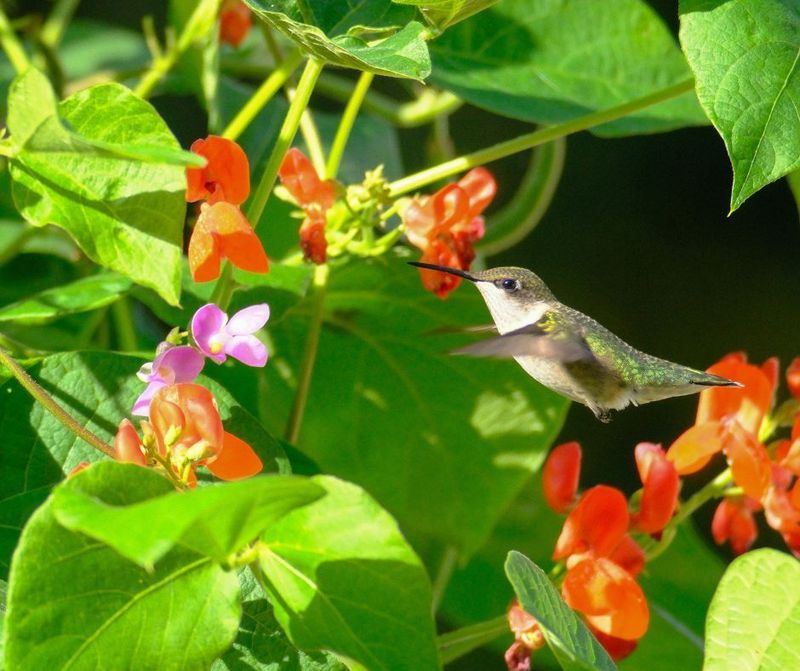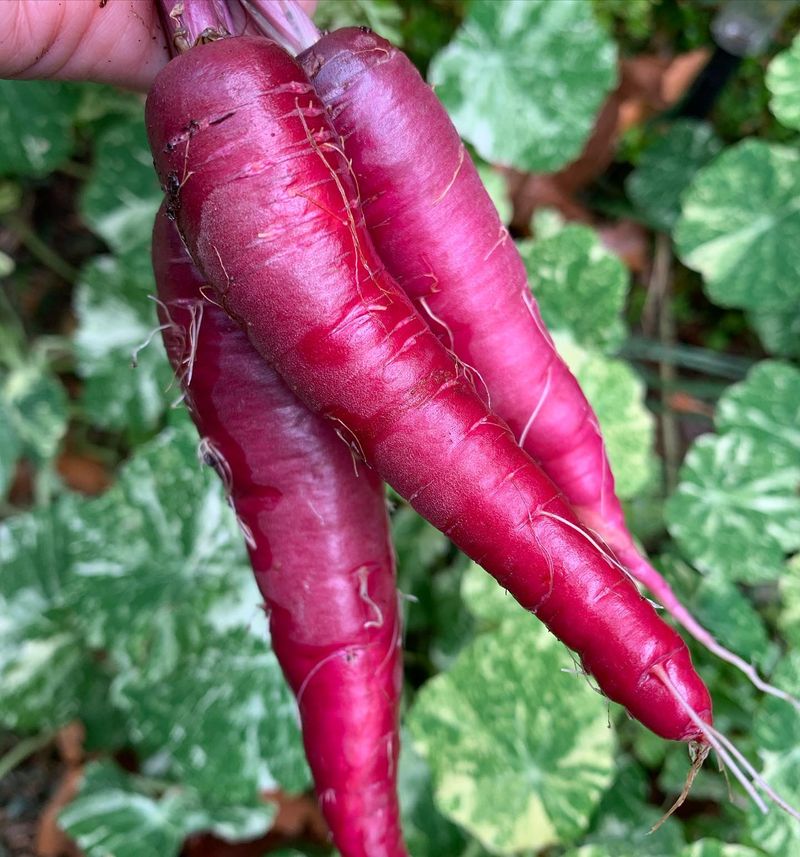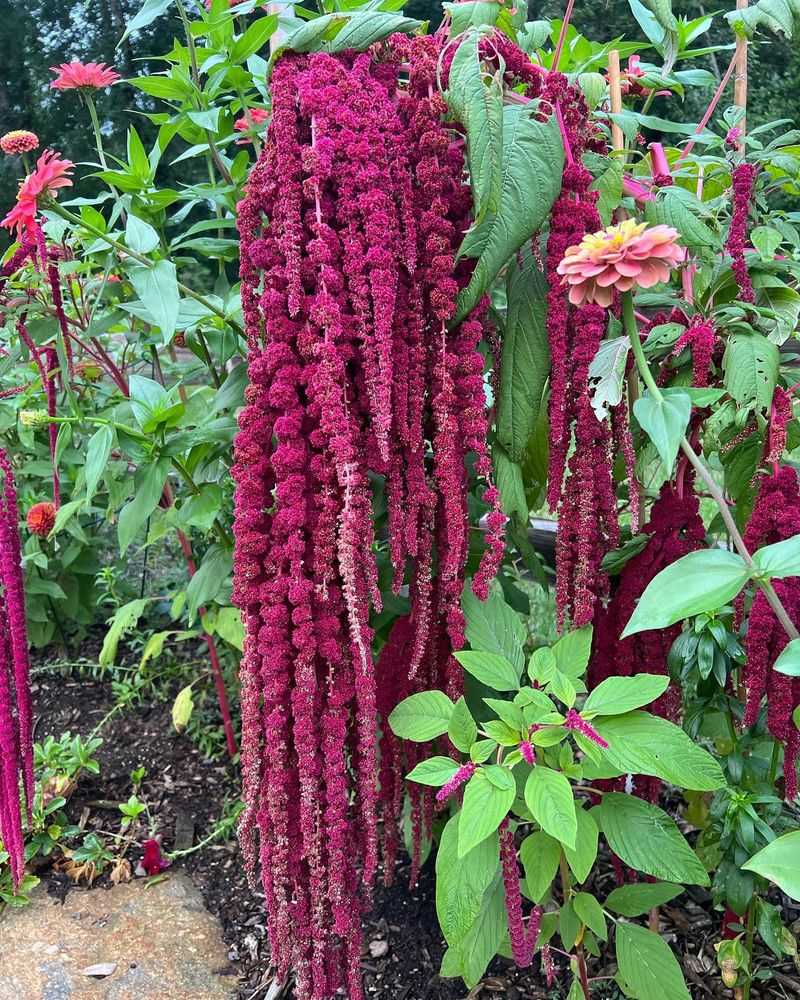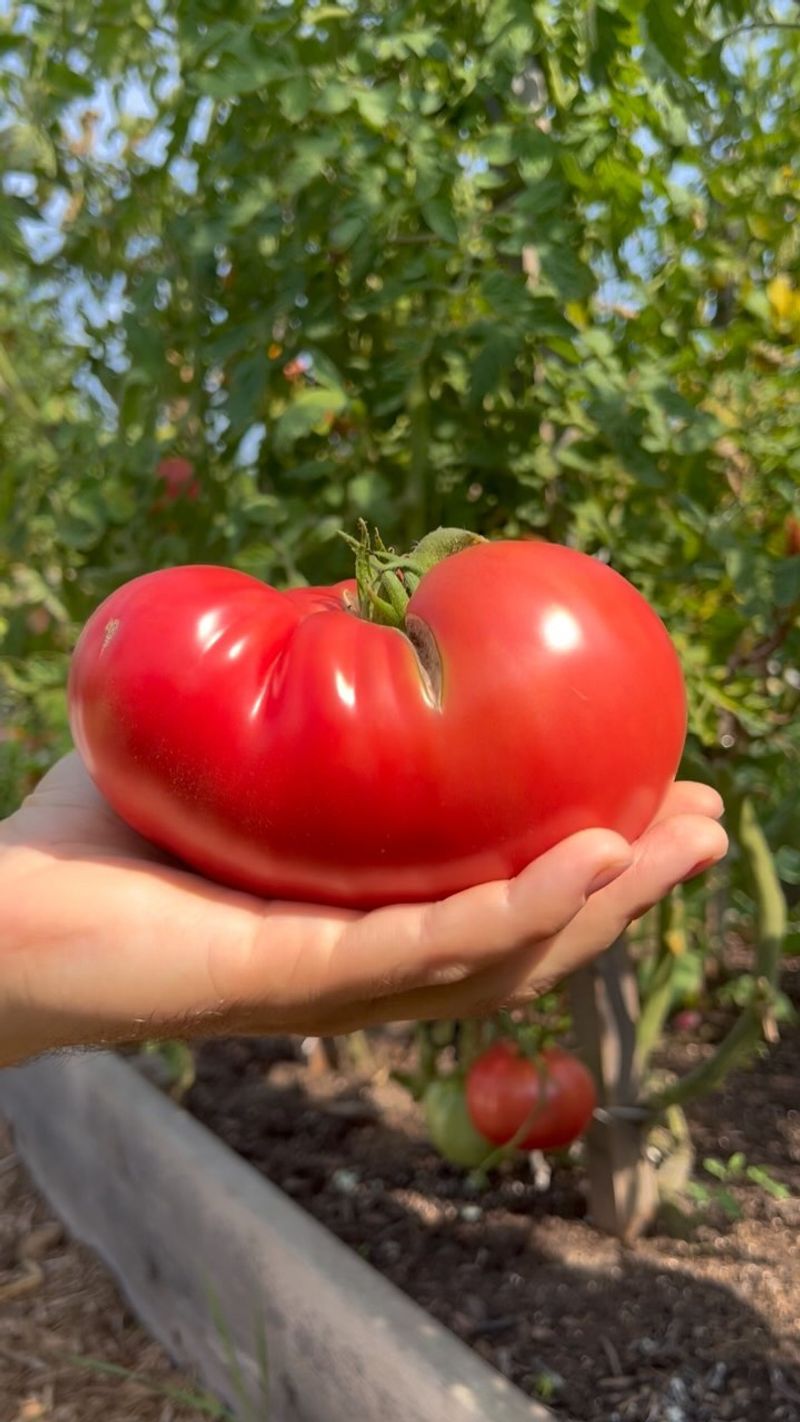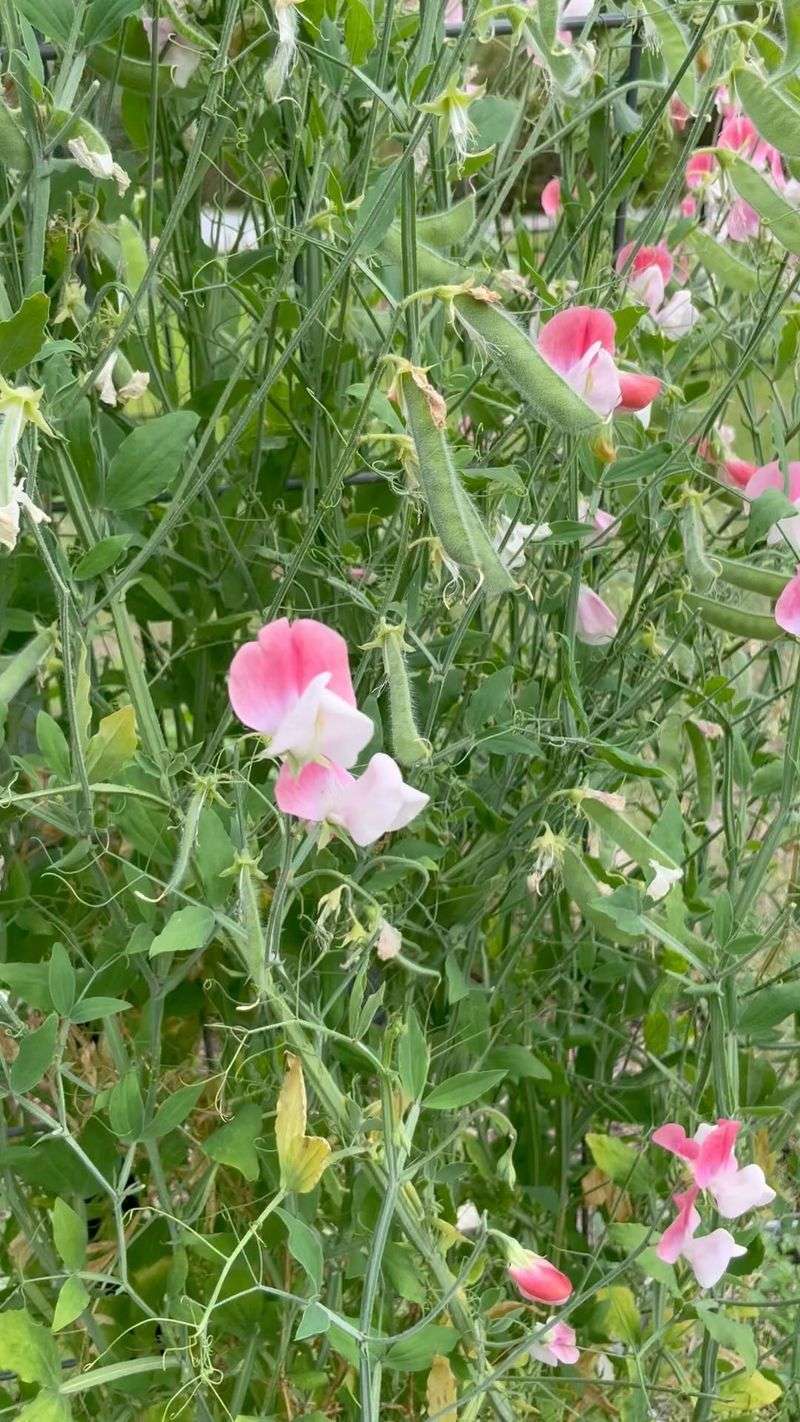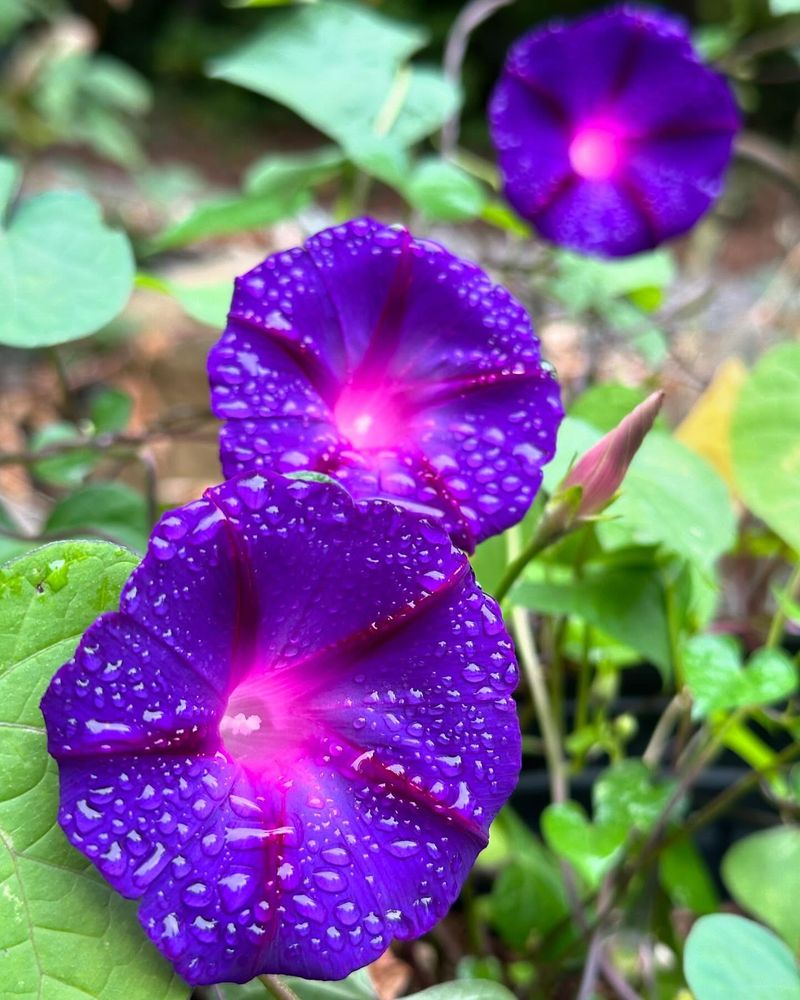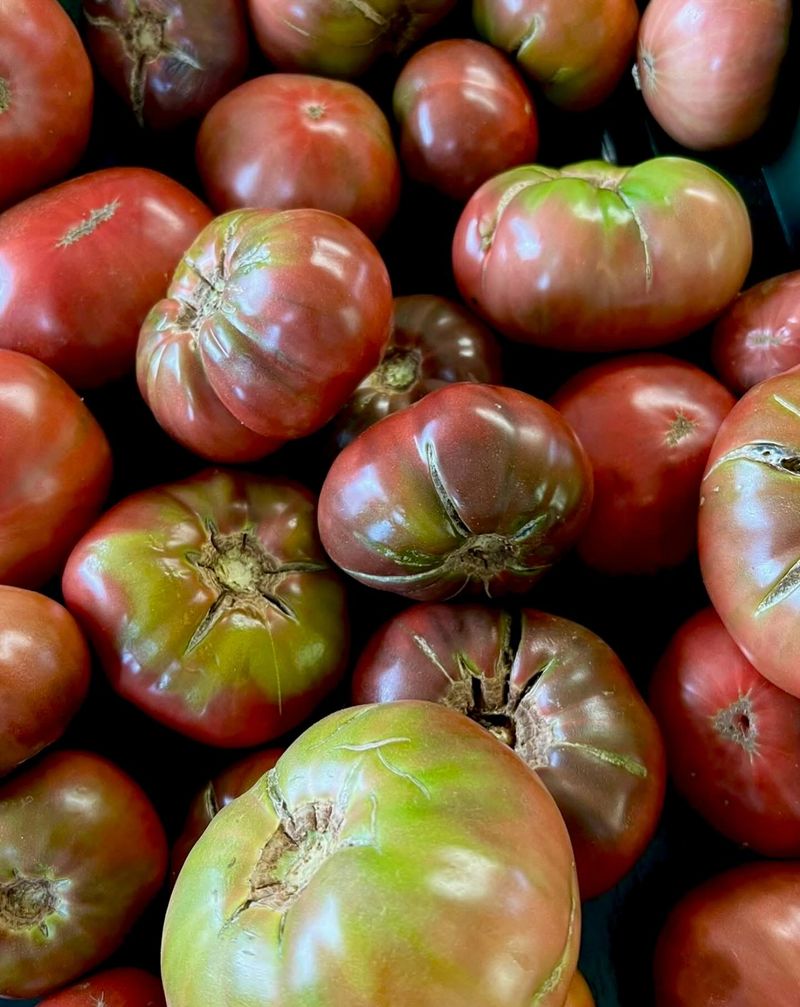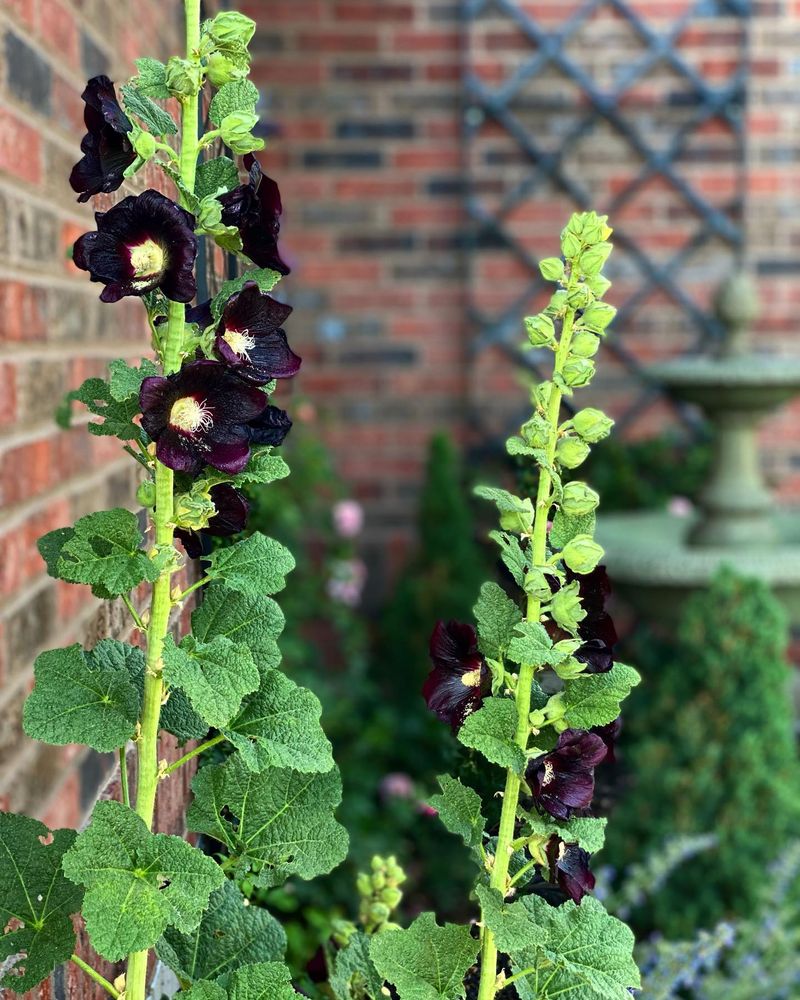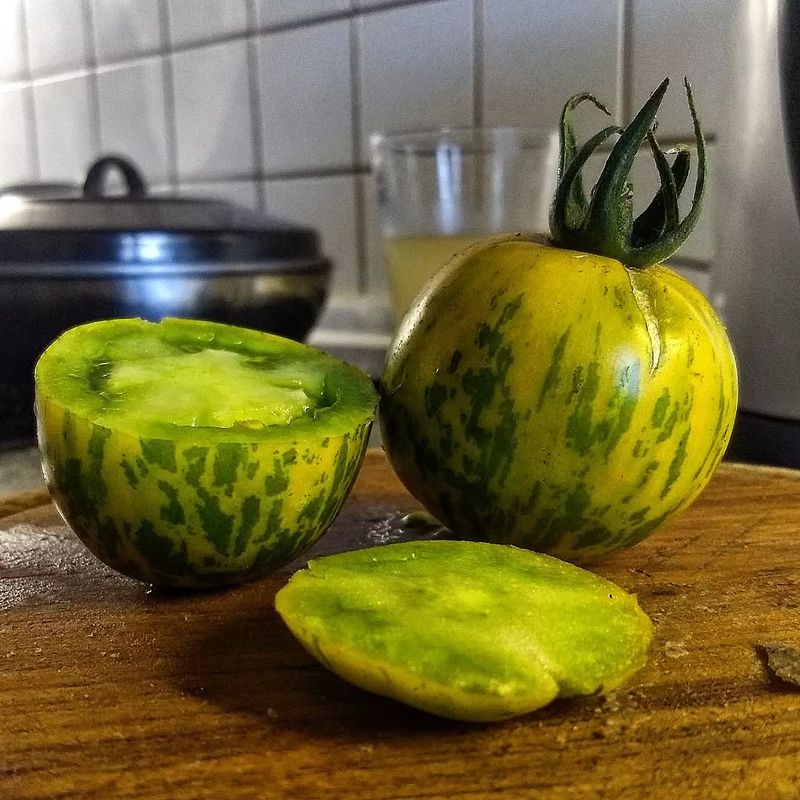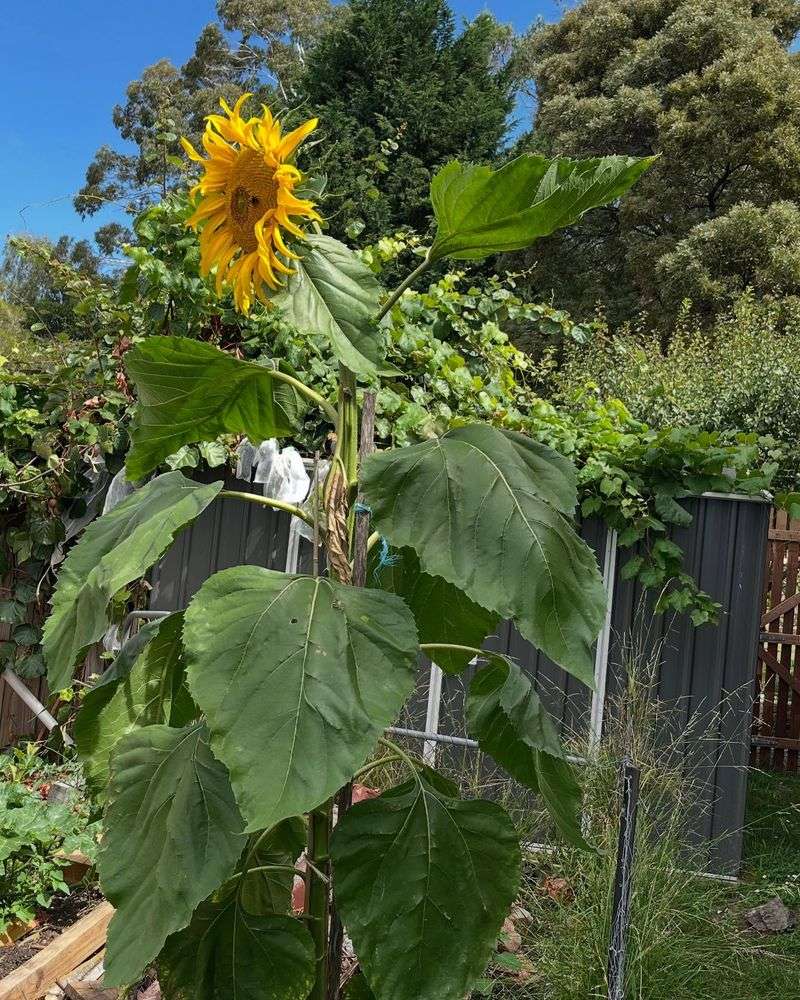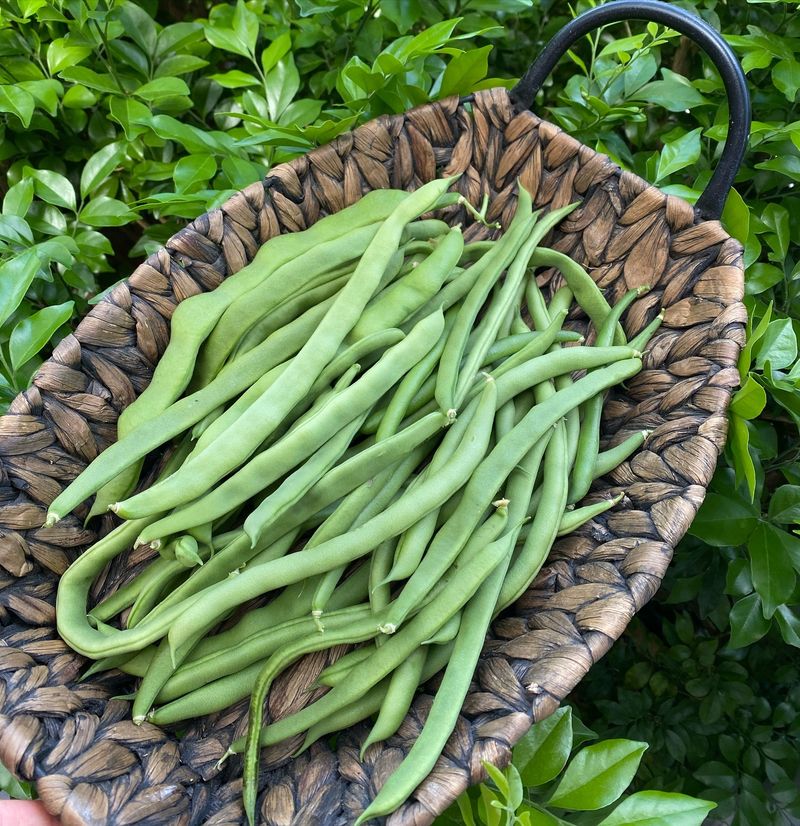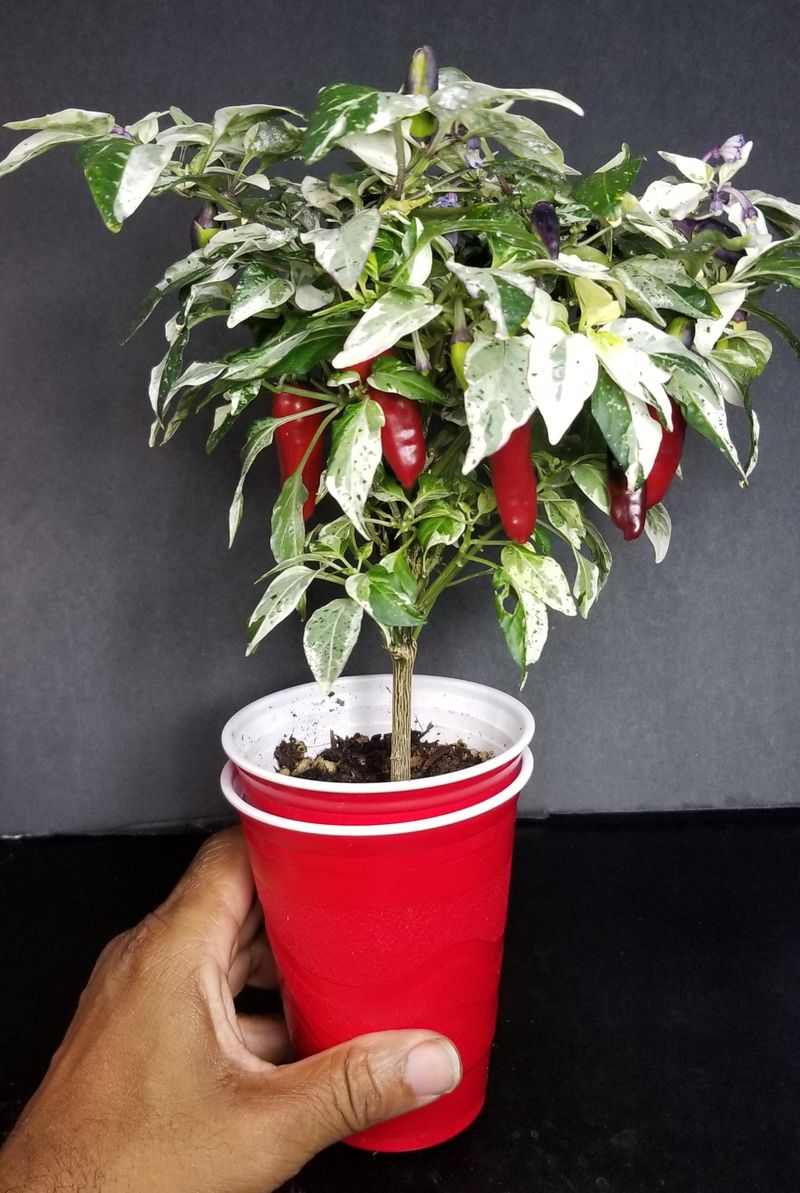There’s something magical about planting vintage garden varieties—they bring charm and stories straight from the past. These 17 classics have stood the test of time for a reason, and they’re ready to brighten your spring garden.
I’ve picked out my favorites and included tips to help them thrive and shine. Growing these old-school beauties feels like a little garden adventure every day.
Get ready to add a timeless touch that will make your garden truly special!
1. Brandywine Tomatoes
These beefsteak beauties have been cherished since the 1800s for their unbeatable rich, sweet flavor. They produce large, pinkish-red fruits that can weigh up to 2 pounds each when properly cared for.
Plant them in full sun and rich, well-draining soil. Feed with compost tea monthly and provide sturdy stakes for support as they grow. Water consistently at the base to prevent cracking and disease problems that can affect these heirloom treasures.
2. Moon and Stars Watermelon
Nearly lost forever until being rediscovered in the 1980s, this spectacular watermelon variety dates back to the 1920s. The dark green rind features distinctive yellow spots resembling a night sky with stars and moons.
Give these sprawling vines plenty of room to roam—at least 6 feet in all directions. They thrive in hot weather and need consistent moisture and rich soil. Harvest when the curly tendril nearest to the fruit stem browns and dries completely for the sweetest, most refreshing taste.
3. Black Beauty Zinnias
Introduced in the 1920s, these dramatic deep burgundy-black blooms create a stunning contrast against any garden backdrop. Their velvety petals seem to absorb light rather than reflect it, creating a unique visual depth that modern hybrids can’t match.
Sow seeds directly after the last frost in well-draining soil. They’re drought-tolerant once established but bloom more prolifically with regular watering. Deadhead spent flowers regularly to encourage continuous blooming all summer long and into early fall.
4. Blue Lake Beans
Garden favorites since the 1950s, these reliable green beans remain popular for their exceptional taste and texture. The tender pods snap perfectly and maintain their bright color even after cooking, unlike many newer varieties.
Plant after soil has warmed completely, as seeds may rot in cold, wet conditions. Provide a trellis for climbing varieties or choose bush types for smaller spaces. Harvest beans when they’re pencil-thick but before seeds bulge inside for the best flavor and to encourage continued production.
5. Lemon Cucumber
Dating back to the 1890s, these charming round yellow cucumbers are about the size of a lemon with none of the citrus flavor. Their sweet, mild taste lacks the bitterness often found in modern varieties, making them perfect for fresh eating.
Give them a trellis to climb or let them sprawl in a sunny spot. Harvest when they’re bright yellow but before they develop orange spots. Regular picking encourages more production throughout the summer months, so check plants every other day during peak season.
6. Scarlet Runner Beans
Grown since the 1750s, these stunning ornamental edibles serve multiple garden purposes with their bright red flowers that attract hummingbirds and pollinators. The young pods are delicious while the mature beans work beautifully in soups and stews.
Plant near a sturdy support structure as vines can reach 10-12 feet tall. They prefer cooler temperatures than most beans and will continue flowering into fall in many regions. In mild climates, the tuberous roots may even survive winter to regrow the following spring.
7. Dragon Carrots
These striking purple-skinned carrots with bright orange cores have been grown since ancient times in the Middle East and Asia. Their sweet, spicy flavor intensifies when roasted, though the purple color fades with cooking.
Sow seeds in loose, stone-free soil at least 12 inches deep for proper root development. Keep soil consistently moist during germination, which can take up to three weeks. Thin seedlings to 2 inches apart when tops reach 2 inches tall for properly sized roots.
8. Love-Lies-Bleeding
Victorian gardeners adored this dramatic amaranth for its cascading tassels of crimson flowers that can dangle up to 2 feet long. The striking blooms dry beautifully for winter arrangements and produce edible seeds similar to quinoa.
Start seeds indoors 6-8 weeks before last frost or direct sow when soil warms. Plants can reach 3-4 feet tall, so place them toward the back of borders. They tolerate poor soil but perform best with regular watering and occasional feeding with balanced organic fertilizer.
9. Mortgage Lifter Tomatoes
Developed during the Great Depression by a radiator repairman who sold enough plants to pay off his mortgage, these massive tomatoes have a fascinating history. Each fruit can weigh up to 2 pounds with meaty flesh and few seeds.
Provide strong cages or stakes as the indeterminate vines grow tall and heavy with fruit. Mulch well to maintain consistent soil moisture and prevent blossom end rot. Prune suckers judiciously to improve air circulation while maintaining enough foliage to prevent sunscald on the fruits.
10. Painted Lady Sweet Peas
First introduced in 1737, these fragrant climbers feature two-tone blooms in crimson and white that fill the air with sweet perfume. Their old-fashioned charm and incredible scent far surpass most modern varieties bred primarily for longer stems.
Soak seeds overnight before planting in early spring as soon as soil can be worked. They prefer cool weather and will stop flowering in intense summer heat. Provide a trellis or support and pick flowers frequently to encourage more blooms throughout the growing season.
11. Grandpa Ott’s Morning Glory
Saved from extinction by Diane Ott Whealy’s grandfather, these stunning deep purple flowers with ruby-red stars were among the first seeds preserved by Seed Savers Exchange. The vigorous vines can climb 15 feet in a single season.
Sow directly after last frost where they’ll receive full sun. Nick seeds and soak overnight to speed germination. Provide string, netting or trellis for climbing, and be aware they self-seed readily. Deadhead if you want to prevent volunteer seedlings the following year.
12. Cherokee Purple Tomatoes
Reportedly grown by the Cherokee tribe over 100 years ago, these distinctive dusky purple-pink tomatoes have become a modern heirloom favorite. Their complex, sweet-rich flavor with a hint of smokiness consistently wins taste tests against newer varieties.
Plant in well-amended soil after all danger of frost has passed. Provide strong support as plants grow vigorously and produce heavy fruit. Watch for signs of late blight in humid conditions and maintain good air circulation by strategic pruning of lower branches.
13. Black Hollyhocks
Treasured since the Victorian era, these dramatic nearly-black flowers create a striking vertical accent in cottage gardens. The deep chocolate-maroon blooms appear almost black from a distance and create stunning contrast against lighter flowers.
Start seeds indoors 8-10 weeks before last frost or direct sow in early summer for blooms the following year. Choose a sheltered location as tall stalks may need staking in windy areas. Remove spent flowers to prevent self-seeding if you want to control their spread.
14. Green Zebra Tomatoes
Though a relatively recent heirloom (developed in the 1980s), these distinctive green striped fruits have already become garden classics. Their tangy, bright flavor offers perfect balance between sweet and tart notes that make them exceptional in salads.
Start seeds indoors 6-8 weeks before last frost date. Provide afternoon shade in very hot climates to prevent sunscald. Harvest when the light green background shows definite yellow tones and the darker green stripes are clearly defined for perfect ripeness.
15. Russian Mammoth Sunflowers
Grown in America since the 1800s when Russian immigrants brought the seeds, these giants can reach 12 feet tall with dinner-plate sized flower heads. Their impressive size makes them perfect for creating natural play areas and shade for other garden plants.
Direct sow after soil has warmed and all danger of frost has passed. Space plants at least 2 feet apart in rich, well-draining soil. Water deeply but infrequently once established and stake tall varieties if your area experiences strong winds.
16. Lazy Housewife Beans
Named in the 1800s because they were the first stringless snap bean, saving housewives the tedious work of removing strings before cooking. These white-seeded green beans remain productive throughout the growing season with excellent flavor.
Plant when soil has thoroughly warmed and provide tall supports for these vigorous climbers. Pick beans when young and tender for best snap bean quality. Or leave some pods to mature fully for delicious dried beans that store well for winter soups.
17. Fish Peppers
Grown by African American communities in the Chesapeake Bay region since the 1800s, these beautiful variegated peppers have stunning striped foliage and fruits. Their medium heat made them perfect for seasoning seafood dishes, hence the name.
Start seeds indoors 8-10 weeks before last frost. Variegation appears more strongly in cooler temperatures. Fruits start cream-striped green, then ripen to orange and finally red, with usable peppers at any stage. Allow some to fully mature for seed saving.

